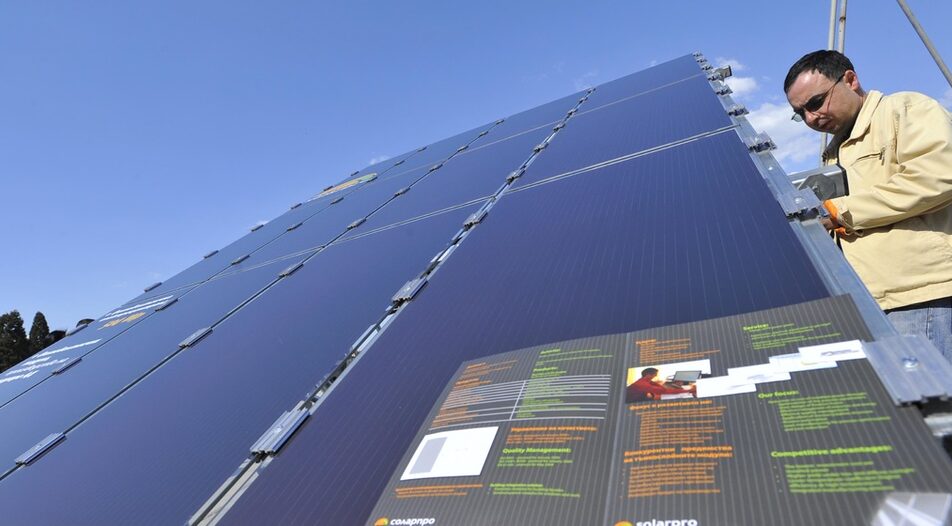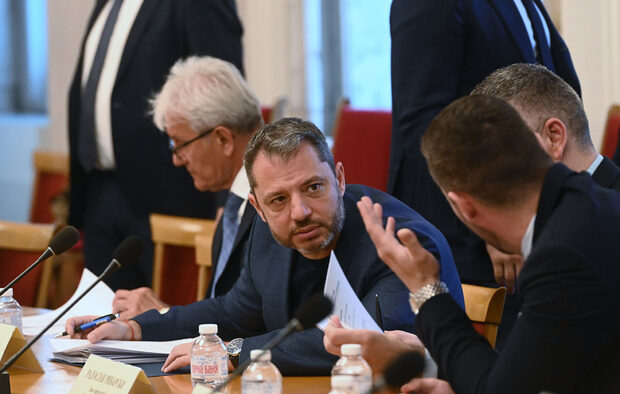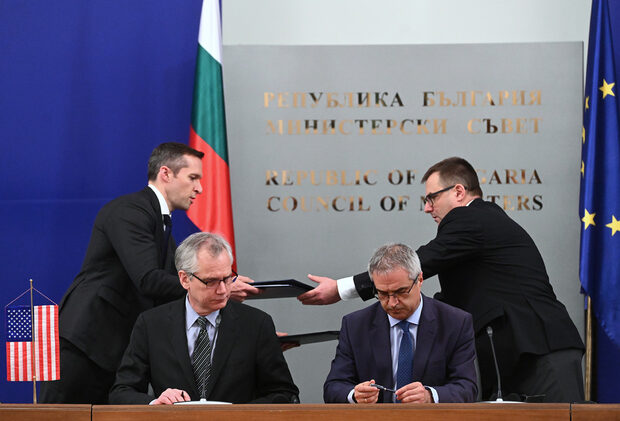The theme of the transformation that the Bulgarian energy sector must undergo to meet new climate and carbon reduction targets has long been part of the public discourse. Over the years, this topic has been a constant feature of Bulgarian political discussions, producing heated debates, scandals and protests. Despite all the fuzz, if you look around, nothing much has changed since the fall of Communism. Coal still generates about 40 percent of the country's energy mix, new capacity is almost entirely absent, and the operation of the grid is still a long way from modern technological solutions.
Why has this happened? There are many possible answers, but two are basic ones. Firstly, Bulgarian authorities, whatever they have said, have never really worked in earnest to change the sector. Rather, their policies have always been aimed at maintaining the status quo, which is why the regulations and the legal framework do not stimulate investment in alternative technologies.
The second reason is that in the past years all energy investments that were undertaken lacked economic logic or were not quite justified. While the prices of solar panels and wind turbines have come down significantly, such projects have never become viewed as investment opportunities in Bulgaria, because of the market model, the lacking possibility of corporate power purchase agreements and problems with connection to the grid.
Despite assurances by the new government and parliamentary majority, a change in the first aspect described above can hardly be expected in 2022. The second, however, is driven by quite different forces and it seems that it is this year that a turnaround will take place - a number of projects that have been in development for a long time will reach the implementation phase. And this means a radically different environment in which Bulgarian authorities ought to realize that it is not their decisions that will determine how long the country would rely on coal. The market itself will push this aged technology off the stage much sooner, and not much can be done to preserve the coal capacities of the country, except at the cost of huge subsidies.
The business model of the future
To understand what is going to happen in the Bulgarian energy sector, we only need to look around our own neighborhood. The old coal mines in the Kozani region of northern Greece will be covered with solar parks with a capacity of 2 GW. The investor is the German giant RWE Renewables and the project is estimated to cost over 1 billion euro. In North Macedonia, another German firm, WDP, plans to build a large wind farm at an estimated cost of 500 million euro, France's Akuo Energy has announced it will build a 400-megawatt photovoltaic plant worth 270 million euro, whereas Bulgaria's Solarpro is currently building a 50 megawatt solar park. Albania has opened the first floating solar park in the region and has signaled it is strongly committing to renewable energy. Large-scale projects are also underway in Romania and Turkey, with Bulgaria's southeastern neighbor expected to become a green energy hub in a few years.
In short, the renewables business model is already working and there is no need for subsidies or power purchase agreements as there was a decade ago. Green power capacities can spring up everywhere - it is enough that the regulatory framework does not prevent such investments.
Currently, Bulgaria lags far behind all these trends and still seems stuck in the past. But this will not last forever, no matter what politicians think. The recent adoption of the EU Recovery and Resilience Plan can accelerate the green transition, as it provides several instruments to stimulate investment in renewable sources. Even before it received the green light, however, the first large-scale projects were already on the horizon.
What we know so far
At the end of November of last year, for example, one of the largest European utility companies, the Danish Eurowind Energy, announced plans to build at least 1 GW of renewable energy capacity in Bulgaria. Its first project, to be implemented in partnership with local group Renalfa, will be a 250 MW solar park outside the southeastern city of Yambol worth an estimated 100-150 million euro.
Earlier, Austria's Enery announced two large-scale photovoltaic (PV) projects in southern Bulgaria - a 400 MW PV farm near Haskovo and a smaller one near Dimitrovgrad, both likely to be implemented in several phases. What is significant in this case is that the investor in Enery is the investment fund of the Three Seas Initiative.
There are several other 100+ MW renewable energy projects in the pipeline on the Bulgarian market, which will enter the implementation stage in 2022, but keep a lower public profile. This will trigger the biggest change in the sector since at least the previous green energy boom in 2008-2010. All estimates show that the cost of green electricity from new installations is no higher than BGN 150 (EUR 76) per megawatt hour (MWh), and that is until the investment is paid off. After that the costs fall and the price can go down to 20 - 30 BGN/MWh. By comparison, electricity produced from coal or natural gas now costs at least BGN 300/MWh and is likely to continue to rise because of growing prices of CO2 quotas. In practice that means that new renewable energy capacity will have no competitor on the market and will easily sell its energy - a fact that politicians should take into account when talking about keeping coal until 2040.
And more to be uncovered on the way
Energy transformation is already happening at the corporate level. Hundreds of companies across the country have built solar installations for their own use. They are relatively small, quick to implement and the opposite of capital-intensive, but provide real savings on energy costs. Factories such as those of ZMM in Sliven and Nova Zagora, the companies of the Stara Planina Hold group, Delta Textile - Bulgaria in Ruse, Trace Ipoma, METRO, Zagorka, Technopolis and many, many others already have solar panels on their roofs, which reduce the need to purchase electricity from the grid. In some cases the savings are 10 - 20 percent and in others reach 70 - 80 percent. Giants such as mining firm Aurubis are building an entire plant on their own territory near Pirdop - with a capacity of 10 MW at phase one, expected to double in its second phase. This will be enough to meet the needs of over 22,000 households.
More than 200 similar projects are expected to come online in 2022. Cumulatively, they will have a huge impact on the country's energy sector, as any energy produced and consumed locally means less demand for the production of the big thermal power plants, nuclear power plants, etc. If businesses manage to save 10 percent of their annual consumption, a coal-fired plant like the state-owned Maritsa East 2 TPP will simply have no one to sell half its energy to. This, combined with the large renewable energy projects that would displace old generation facilities on a purely market basis, means a completely different energy mix compared to the current one. And what is happening in neighboring countries implies fewer and fewer opportunities to export energy. It is this new reality that the Bulgarian energy sector will be facing in 2022 - and beyond.
The theme of the transformation that the Bulgarian energy sector must undergo to meet new climate and carbon reduction targets has long been part of the public discourse. Over the years, this topic has been a constant feature of Bulgarian political discussions, producing heated debates, scandals and protests. Despite all the fuzz, if you look around, nothing much has changed since the fall of Communism. Coal still generates about 40 percent of the country's energy mix, new capacity is almost entirely absent, and the operation of the grid is still a long way from modern technological solutions.












